In the realm of choral performance, intonation is the bedrock upon which musical excellence is built. While melodic accuracy is often emphasized, the vertical alignment of harmonies—intonation’s "vertical control"—is equally critical. This principle governs how individual voices interact to create a unified, resonant sound. Unlike solo singing, choral music demands an acute awareness of how each note fits within the harmonic structure, requiring singers to adjust not just to a fixed pitch but to the ever-shifting context of the chord.
The Physics of Harmony
At its core, vertical intonation is rooted in acoustics. When voices sing in harmony, their frequencies interact, producing overtones and beat frequencies. A perfectly tuned chord generates a series of reinforcing overtones, creating the illusion of a single, rich sound. Conversely, even slight deviations disrupt this balance, leading to a "beating" effect—a telltale sign of poor intonation. This phenomenon is particularly noticeable in sustained chords, where the interplay of harmonics becomes unmistakable. For choirs, mastering vertical control means learning to listen not just to their own pitch but to the collective resonance of the group.
The Role of Just Intonation
Equal temperament, the tuning system used in modern pianos, is a compromise designed to facilitate modulation across keys. However, choirs often benefit from adopting just intonation, a system where intervals are tuned to pure ratios. In just intonation, major thirds are slightly lower and minor thirds slightly higher than their equal-tempered counterparts. This adjustment eliminates the dissonant beating between closely related harmonics, resulting in a smoother, more resonant sound. Conductors must train their ensembles to instinctively adjust intervals vertically, favoring purity over the rigidity of equal temperament.
Listening as a Collective Discipline
Vertical intonation cannot be achieved in isolation. Each singer must develop the ability to listen vertically—to perceive their note’s relationship to the entire chord. This skill is especially crucial for sections like basses and tenors, whose notes often form the foundation of the harmony. A common exercise involves having singers sustain a chord while individual sections adjust their pitch until the overtones "lock" into place. Over time, this practice cultivates an almost tactile sensitivity to harmonic alignment, allowing choirs to make micro-adjustments in real time.
The Conductor’s Role in Vertical Control
A conductor’s gestures are instrumental in guiding vertical intonation. Subtle hand movements can signal a section to raise or lower their pitch, while facial expressions often communicate the need for dynamic balance—a key factor in harmonic clarity. Some conductors employ a technique called "tuning the vowel," where the choir modifies their vowel shape to enhance resonance. For example, brightening an "ah" vowel on a major third can help it settle into the chord more naturally. The conductor’s ear must be attuned not just to pitch but to timbre, as the color of the sound directly impacts the perception of intonation.
Challenges in Complex Harmonies
Contemporary choral works frequently employ extended harmonies—clusters, added-note chords, and polytonal passages—that defy traditional tuning rules. In these cases, vertical control becomes a matter of contextual intonation. A minor second might need to be sung more narrowly to avoid harshness, while a major seventh could require expansion to highlight its expressive tension. Here, the choir must rely heavily on the conductor’s interpretive guidance, as the rules of just intonation may not always apply. Rehearsal strategies might include isolating problematic intervals or having sections sing against a drone to internalize their pitch relationships.
Technology as a Training Tool
While the human ear remains the ultimate judge of intonation, technology can supplement the learning process. Apps that display real-time pitch analysis help singers visualize their placement within a chord. Spectrogram software reveals the overtone series, allowing choirs to see when harmonics align. However, these tools should be used judiciously; over-reliance can hinder the development of organic listening skills. The goal is always to transfer technological feedback into the singers’ innate sense of pitch.
The Spiritual Dimension of Vertical Unity
Beyond acoustics and technique, there’s an ineffable quality to perfectly tuned chords—a sense of collective transcendence that occurs when voices merge into a single harmonic entity. This moment of unity is what makes choral singing uniquely powerful. When vertical control is mastered, the music seems to resonate not just in the concert hall but within the bodies of both singers and listeners. It’s a reminder that intonation, at its highest level, is both a science and an art—a delicate balance of physics and human connection.

By /Jul 25, 2025

By /Jul 25, 2025
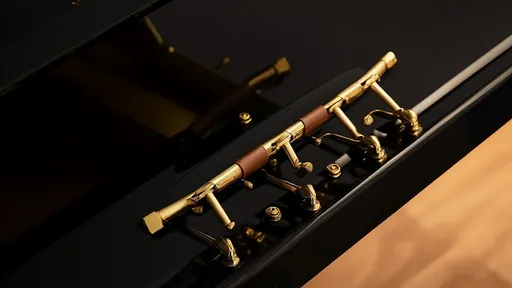
By /Jul 25, 2025
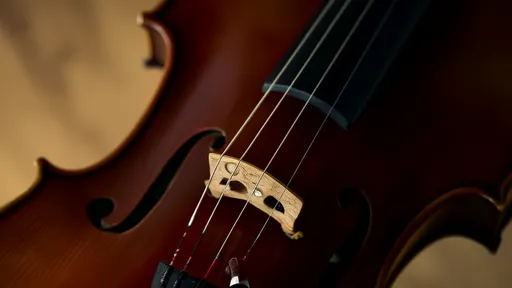
By /Jul 25, 2025

By /Jul 25, 2025

By /Jul 25, 2025

By /Jul 25, 2025
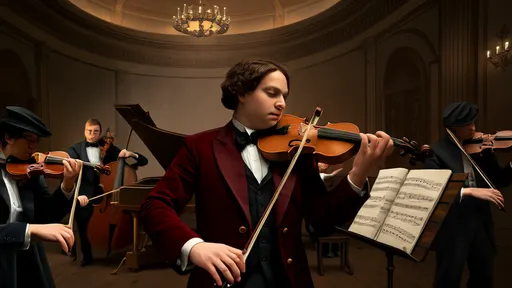
By /Jul 25, 2025

By /Jul 25, 2025
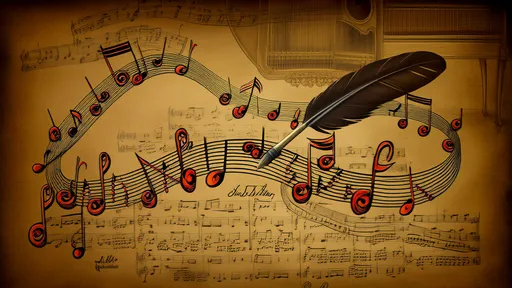
By /Jul 25, 2025
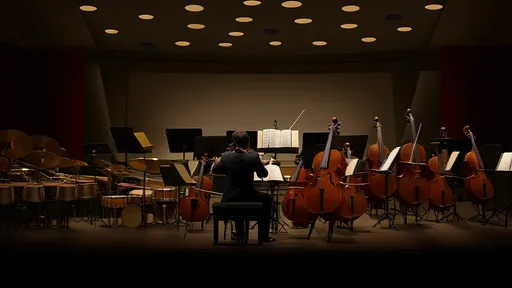
By /Jul 25, 2025

By /Jul 25, 2025

By /Jul 25, 2025
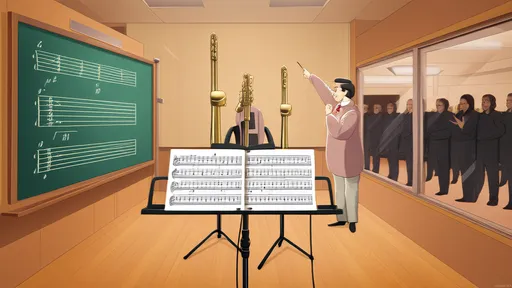
By /Jul 25, 2025

By /Jul 25, 2025

By /Jul 25, 2025

By /Jul 25, 2025

By /Jul 25, 2025

By /Jul 25, 2025
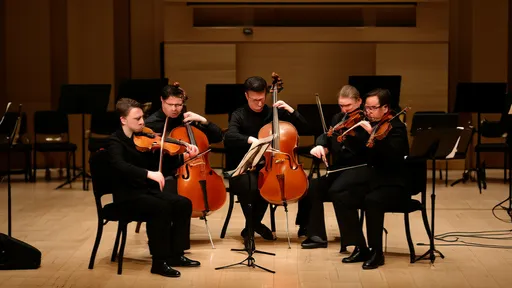
By /Jul 25, 2025